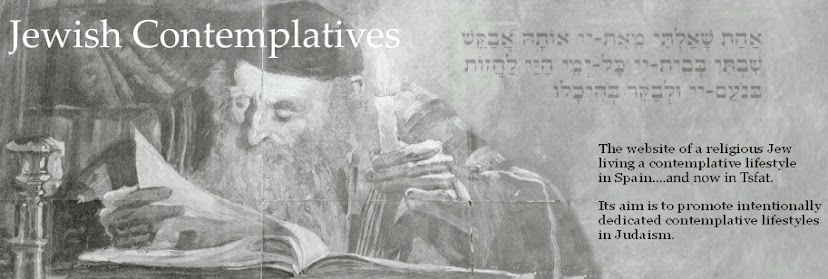Parshas Ahare Mos describes the detailed instructions for the liturgy of the High Priest on Yom Kippur, the Day for Atonement. Parshas Kedoshim speaks of the ways we are enjoined to “love our neighbour as ourselves” (Leviticus 19:18). The two are, not surprisingly, very closely related: The ritual act of atonement consists in the three steps of (i)praying for oneself;(ii)praying for one’s near ones; and (iii) praying for the wider community (Leviticus 16:17). This process begins with a prayer for oneself but then moves on to two further prayers for others. The first flows into the other two because that first self-focused prayer exists primarily to make our subsequent prayers for the community acceptable.
Prayer is one of the deepest and most selfless forms of caring for others that we are privileged to exercise as human partners in the Divine Plan.
It is a hidden activity which does not draw attention to the ego and which can be exercised not just by Leviim and Kohanim, but by anyone with a good and pure intention. Such profound and atoning prayer may be performed in physical solitude or in the midst of a congregation— It is a paradox of Jewish prayer that it is always communal and (at its most profound) always a matter of an individual’s intimate communion with G-d.
When it is performed in solitude one never prays “outside” the community, and when one prays in the company of other daveners, the real “business” takes place in the sanctuary of one’s own heart.
In Parshas Ahare Mos we read the instructions for the High Priest on Yom Kippur:
“And there shall be no man in the tent of meeting when he goes in to make atonement for the holy place, until he comes out after having made atonement for himself,and for his household, and for all the assembly of Israel.” (Leviticus 16:17)
Though the vast majority of halakhic commentaries on the liturgy place communal prayer in a firm position of superiority over individual prayer, and though the strictest and most physical conception of “minyan” is the one which has prevailed to this day—the fact remains that the principal prayer in our principal liturgical ceremony, on our most holy day is performed by a single individual in clearly commanded isolation.
He enters and prays alone, but (as his vestments underline) the High Priest takes the whole community on his shoulders and bears them on his heart. So do we if we bind ourselves to the whole Community of Israel and to those we pray for.
We may pray alone, but if our prayer is to be true—we never pray without this awareness of the community. It is for this reason (according to Rebbe Nachman of Breslov) that the Arizal recommended that one begin the daily services with the declaration.
“Hareini mekabel ‘alai mitsvat asei shel ve-ahavta le-re’akha kamokha”(I hereby accept upon myself the positive commandment to love one’s fellow as oneself.)
If we pray with and in the community— we are remembering that our solitary prayers are always for the benefit of all.
We too can stand before the ark in that place of solitary pleading and encounter if G-d should choose that we might be admitted. We are not high priests and yet we are invited to stand in The Presence whenever we enter into liturgical or contemplative prayer with a whole heart—with burning deveykus and the intention to draw close our G-d.
Rabbi Levi Yitzchak of Berditchev said that the sincere person in prayer was in that very “place” and that such a person’s upheld hands were like the wings of the keruvim above the ark.
Before davening, we bind ourselves in hiskashrus to the merits of those greater than ourselves in the hope that we may ourselves be elevated. Thus strengthened, our prayers may be of more use to those for whom we pray, and for those who may need our assistance. In this context, it is said that Rebbe Mikhal of Zlotchov used to begin his davening with the prayer:
"I join myself to all of Israel,to those who are more than I,that through them I may rise-and to those who are less than I,so that they may rise through my thought."(M.Buber "Tales of the Hasidim" p150)
In such a broad community of saints and sinners, we are never alone in prayer and we have a duty to make our contemplative lives an activity of community-focused chesed and atonement worthy of one such as Aharon the High Priest.
NRDavies
April 18 2013

